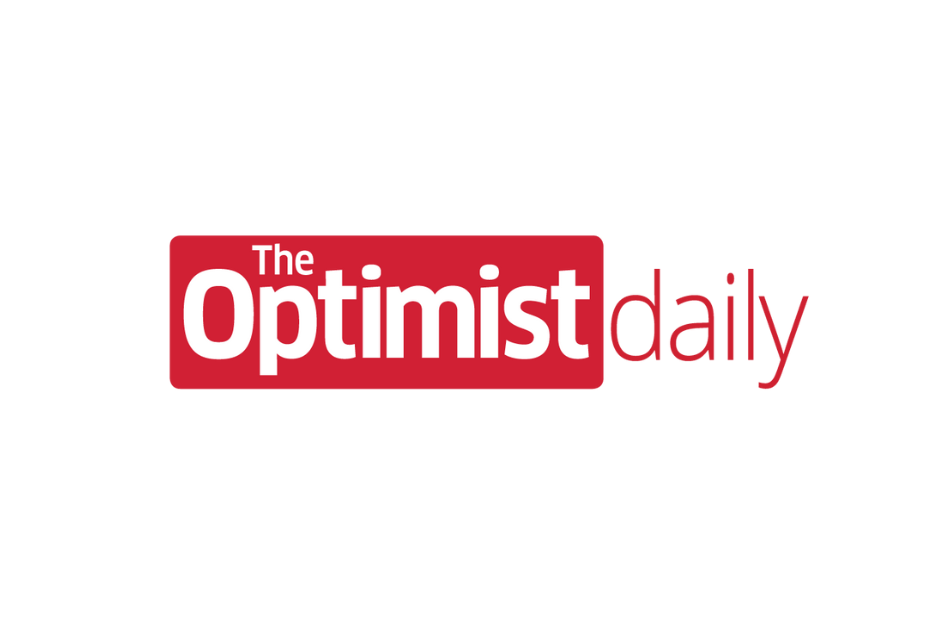Motivating people to switch to new technologies can be nearly impossible if old technologies work just fine. It’s much easier if people can see for themselves that those new technologies are a far better solution. This is certainly the case in California right now.
For years the Optimist has been vocal in our support for solar panels and decentralized microgrids, but while the adoption of solar panels has become more common, microgrids are still a bit of a niche. That, however, is bound to change very soon.
If it hasn’t become clear by now, California’s electricity system is failing. In order to prevent wildfires earlier this month, the state’s biggest utility provider, PG&E, cut off the power of some 2 million people. That record is likely to be broken this week, as the utility contemplates blackouts that could affect up to 3 million people. It’s 2019, and we still don’t have a reliable energy system.
There is no better time for California to move away from the grid and implement distributed energy systems. Since it first started growing in earnest in the early 20th century, the grid has worked according to the same basic model. Power is generated at large power plants and fed into high-voltage transmission lines, which can carry it over long distances. At various points along the way, power is dumped from the transmission system into local distribution areas (LDAs) via substations, where transformers lower the voltage.
Distributed energy is different from the conventional model in that its origin lies within an LDA. That’s where it is generated, stored, and managed; no transmission lines are involved—meaning less fire hazards and more reliability. It also means that an entire grid doesn’t have to get shut down in case a wildfire breaks out.
The reality is that we have the technological means to implement distributed energy systems. Now, all we have to do is embrace it.











